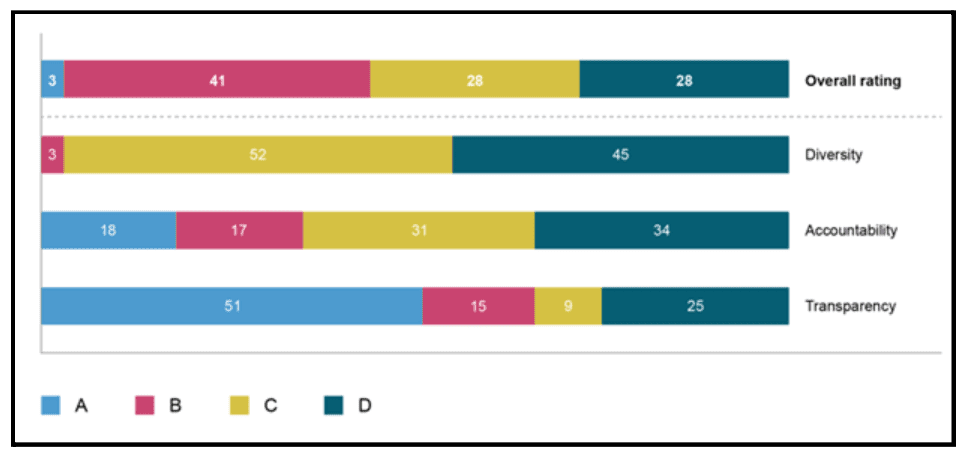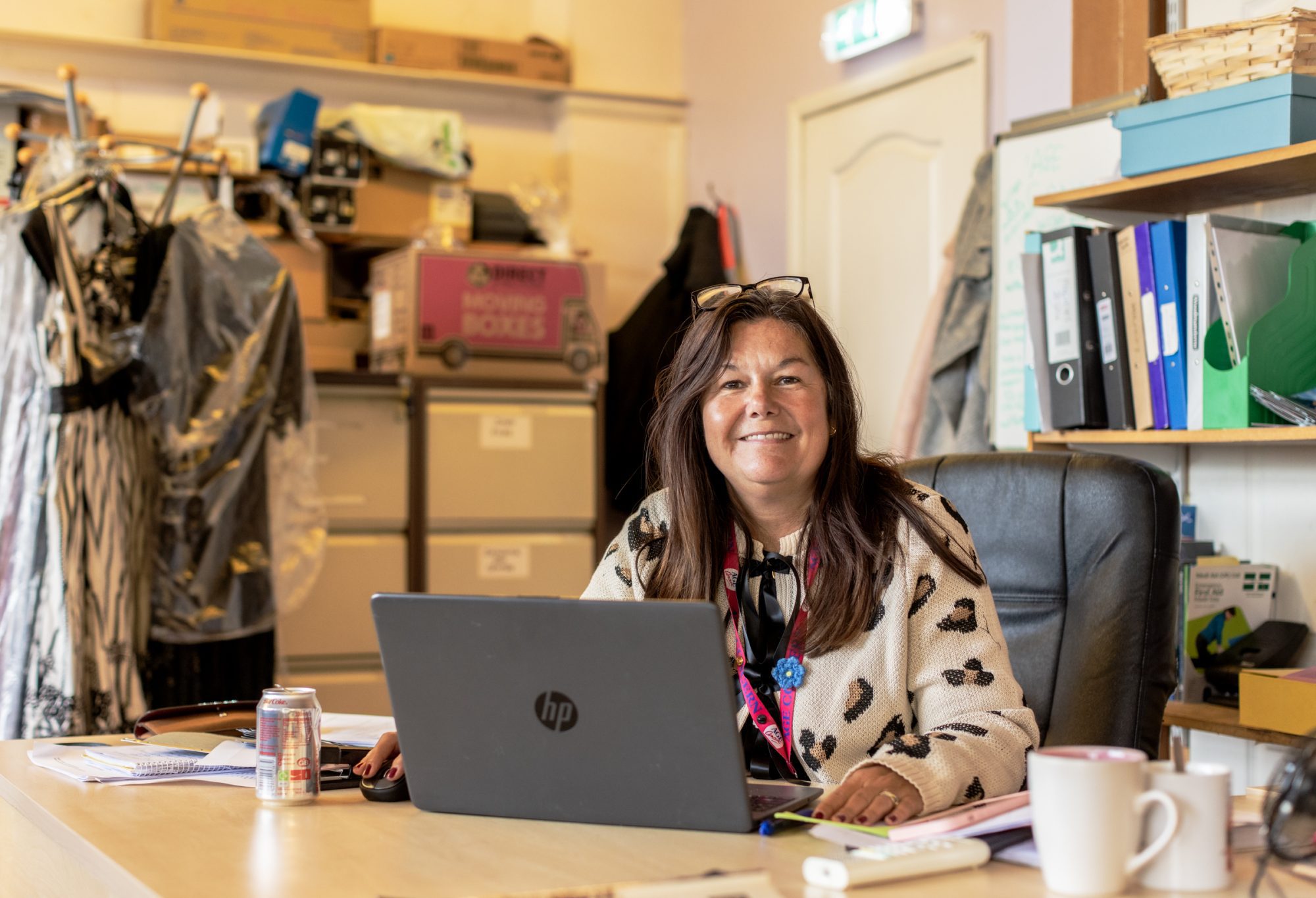
Edward Walden
Diversity, Equity and Inclusion Manager, Power to Change
Power to Change has been rated on our diversity, transparency and accountability by the Friends Provident Foundation, in their first report publication of the Foundation Practice Rating (FPR).
What is The Foundation Practice Rating?
The FPR is a project led by Friends Provident Foundation and supported by a group of collaborating funders, including Power to Change. Partcipating funders helped to fund the project and design the questions, methodology and process. We have had regular meetings since the project’s inception.
The intention of the project is to highlight practices of foundations across the sector against the three key measures of foundation practice: diversity, transparency and accountability.
What is their methodology?
The rating scheme assesses a foundation about information that is available to an external audience within 90 minutes of research. If it can’t be found easily and isn’t published such that an external person can find it, it doesn’t count. This mostly means what we say about ourselves on our website is critical, and information about us at the Charities Commission is also used, particularly around trustees.
There have been lots of interesting reactions to the rating, and the overall scores have been challenging for us as a sector.

A) being the highest possible result and (D) being the lowest, it’s clear that the foundation sector is inadequate in terms of our diversity.
Power to Change is no different:

From one perspective, we are quite ‘comfortable’ in the overall rating of B. Our performance is not great nor terrible. In reality, a resoundingly good rating was brought down by our lowest rating on diversity, and we aspire to be better.
Next steps
Using the FPR as a guide, we are implementing a variety of actions to improve ourselves against some of the metrics the FPR used to rate our diversity.
- Publish our pay and recruitment policies
We already make some of our policies available on our website, but so far this has been done in a scattershot manner, for a few different quality marks and best practice standards. We’re proud of our policies but if they are only internally facing, how would a potential partner organisation know they are best-practice aligned policies? Or how might an applicant find out we have an inclusive and supportive recruitment policy? They wouldn’t, so we are going to put these on our website.
- Publish feedback from our audiences, including how we have taken action in response
A key element of being inclusive and supportive of a diverse range of community businesses is responding to their needs. We’ve always captured feedback and responded to it where we can, but the FPR rightly challenges us that if we don’t publish it, no-one will know.
- Capture data about ethnicity and disability of staff and publish pay gap reports
We’ve had plans in the works since February to capture this data and publish ethnicity and disability pay gap reports, so here the FPR has nudged us along in a direction we were already moving, which is great.
- Integrate specific numerical targets for staff diversity into our Diversity Equity and Inclusion (DEI) Action Plan
The FPR has awarded us points for having a DEI Action Plan, but we have lost points on diversity because it doesn’t have concrete numerical targets for women, LGBTQIA+ people, disabled people and people from minoritised ethnicities. Integrating such targets, particularly since we are likely to already have met them from the quite diverse staff team we currently enjoy, makes perfect sense.
- Capture data on board diversity and integrate specific numerical targets for board diversity into our DEI Action Plan
This follows on from the similar efforts towards supporting staff diversity. Our strategic plan includes efforts to support diversity on the board, but again we have not yet included specific numerical targets. Here is another good nudge by the FPR!
- Make our commitment to being a Living Wage funder public
The FPR has taught us nothing if not that we should be more open and transparent about our practices and initiatives. We are a Living Wage Funder, but we haven’t published this information on our website – we will be adding that soon.
- Publish contact emails for staff on the website
Pending permission from our ever vigilant cybersecurity people (!)
- Improve our web and application accessibility for people with a visual impairment
We scored well for web accessibility, but this particular strand is always a challenge. Fully audio-only applications are not something we have integrated or are even sure if we can, but we could certainly better support assistive technologies!
- Indicate we align and share data with 360 Giving
This is another example of us doing something, but failing to make it clear publicly that we do it.
When do we next get scored?
Power to Change will be scored again next year, 2022-2023, because we are one of the funding foundations supporting the project. The five largest foundations in the UK by budget will also be repeated, but the remaining foundations will be a stratified random sample and so may include some existing foundations but also may predominantly be new foundations which were not yet assessed.
Our aspiration is to have put these changes into practice well before then – we will update you to let you know how that goes.
![Bread & Roses Acoustic & Chill Event, March 2021 [19]](https://b2430903.smushcdn.com/2430903/wp-content/uploads/2021/08/Bread-Roses-Acoustic-Chill-Event-March-2021-19-scaled.jpg?lossy=1&strip=1&webp=1)


